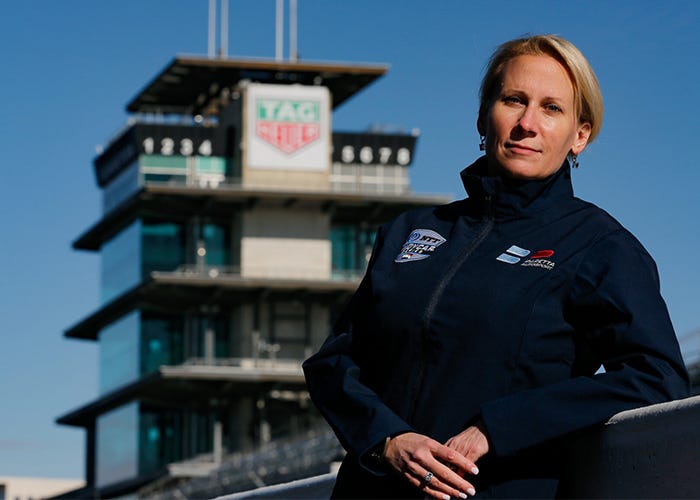The Game Changer
Meet Beth Paretta, Owner of Paretta Autosport and Her "Scooch Over" Philosophy
In my book FASTER, I chronicle the remarkable story of Lucy Schell, the first woman to own, finance, and run her own Grand Prix racing team. In the process of shattering her own barriers, she recruited a Jewish driver named Rene Dreyfus, and together with a down-on-its-luck French car company, they took on Hitler’s Silver Arrows and crushed them at a ra…
Keep reading with a 7-day free trial
Subscribe to Work/Craft/Life to keep reading this post and get 7 days of free access to the full post archives.




